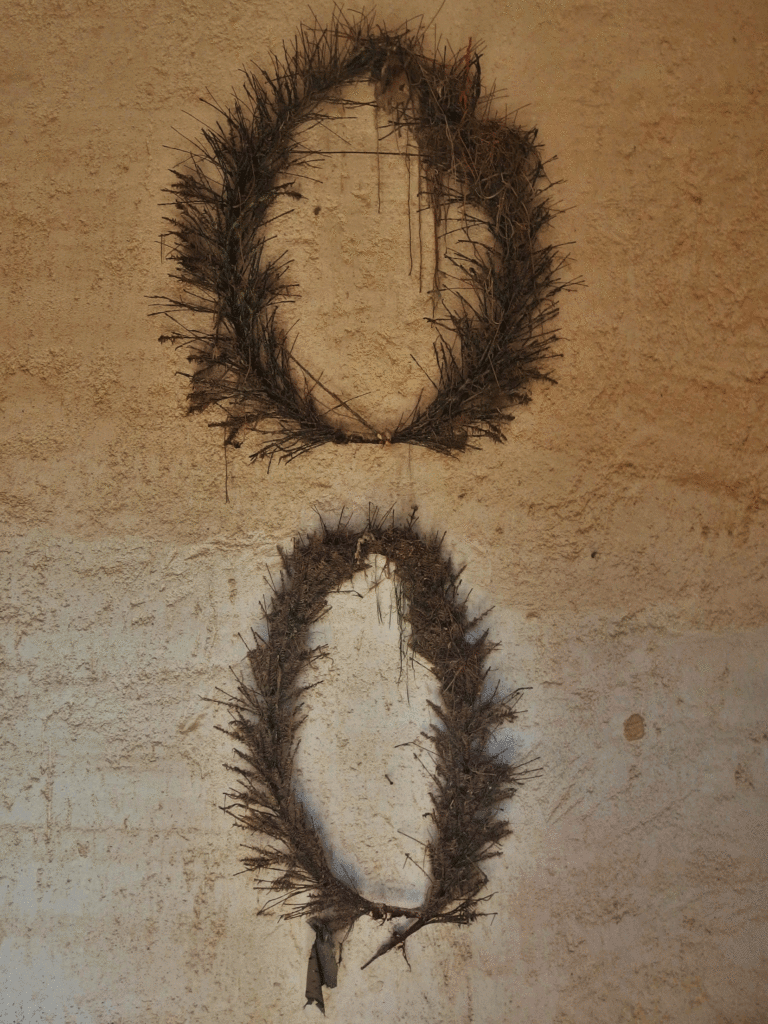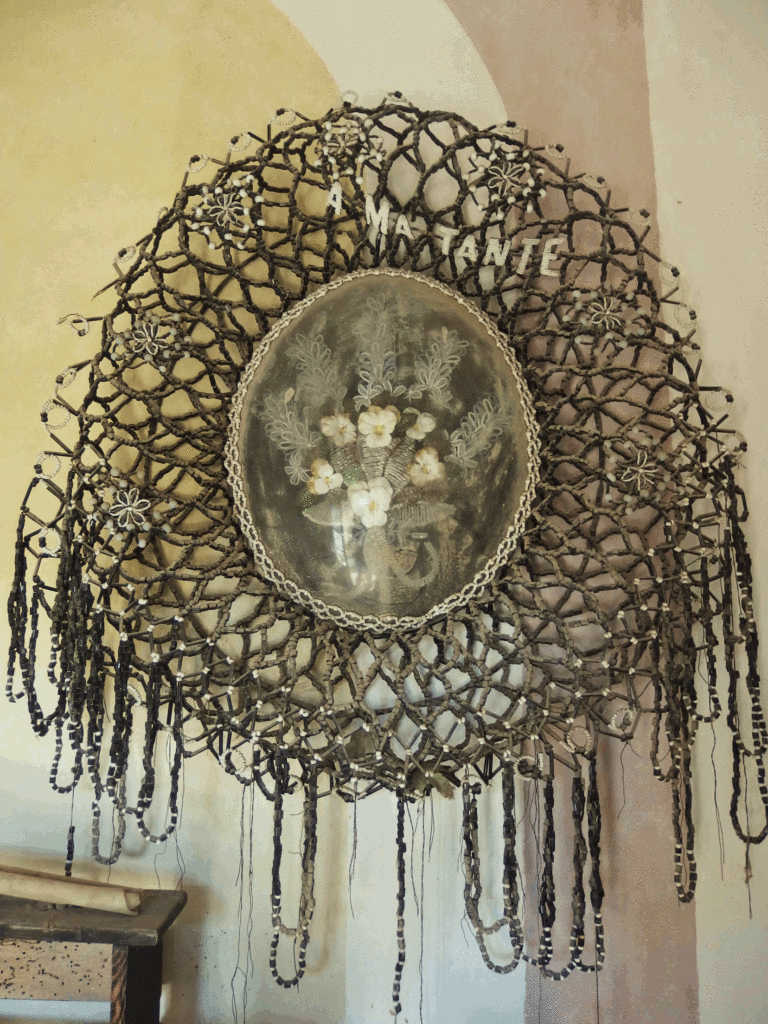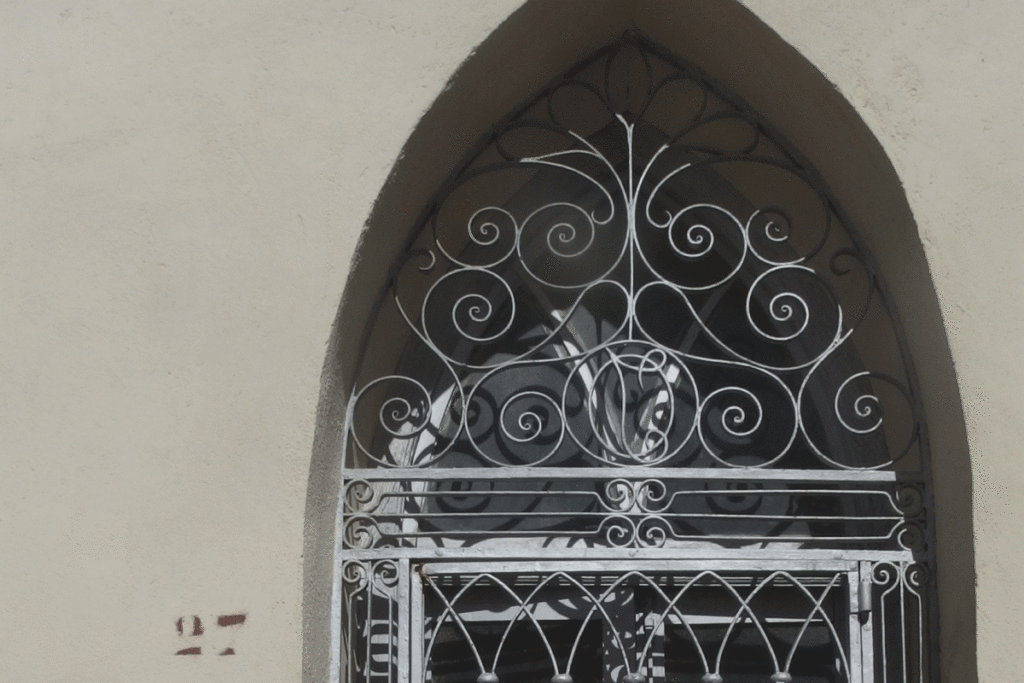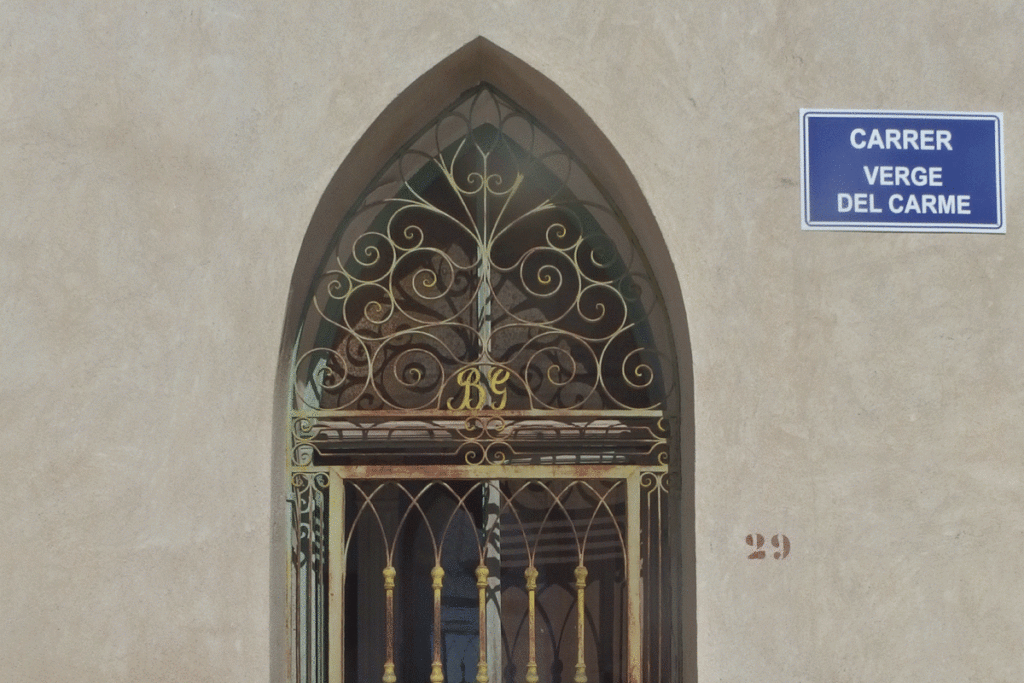Sant Joan Cemetery
The current funeral ritual is very simplified, but until not long ago it was very traditional with very old roots. According to the financial position of the deceased the celebration would be different, reflected especially in the funeral procession presided over by an artistic carriage decorated with velvets with fringes and gilded railings and pulled by paved and engualdrapados horses in which the coffin was deposited. There was a popular saying that said: ‘quant més rics, més animals’, which summarized with a satirical tone the social differentiation of the deceased according to the number of horses that pulled the hearse. That parade was opened by the cross and behind it the clergy and the people participated, making three stops on the route. Lackeys could also participate with swords and liveries on their shoulders escorting the carriage.
However, in most cases the burials were of humble people and therefore very simple. However, in most cases the burials were of humble people and by When dying someone was preparing in a room of the house the wake with the ‘body present’ while the bells began to announce to the people the death. very simple. The deceased was veiled night and day in the house attended by family, friends and curious, until the moment of his transfer to the church for the funeral, when the priests who started the responso came. From there the men marched to the church carrying the coffin, while the women remained in the house initiating prayers that could last several days. After the funeral ceremony, the procession was organized again from the church to the La Concepción estate, where the procession was dismantled and the attendants dismissed the relatives of the deceased with condolences. From there, those who wished continued to the cemetery where the deceased was buried.

Mortuary crowns inside 19th century pantheon. Sant Joan d’Alacant Cemetery

Mortuary crown inside 19th century pantheon. Sant Joan d’Alacant Cemetery
Curious case represents the liturgy of the ‘mortitxolets’, ‘albaets’ or deceased children. It was a sad celebration that, however, had a festive ritual trying to symbolize the death of the little ones in purity and innocence and their direct passage to heaven, supposed reason for joy. In the 19th century especially, and part of the 20th, such celebrations were generalized, including dances and banquets around the candle and burial of children, and the funeral in the church followed a liturgy of joy in thanksgiving. When the funeral procession arrived at the exit of the village on the way to the cemetery, the typical formula in Sant Joan d’Alacant to give condolences was: ‘Be congratulations’, as a way of congratulation for the ascent of the boy or girl’s soul to heaven, although it may sound like a joke.
Did you know what…?
In Sant Joan d’Alacant coinciding with the feast of All Saints and faithful deceased was celebrated until the sixties the ‘Quixalet‘. In Sant Joan d’Alacant coinciding with the feast of All Saints and faithful departed It consisted of a lunch for the altar boys and bell ringers to replenish the forces of the long work that involved staying for hours in the bell tower and playing the many touches of deceased and souls that happened those days. until the sixties the ‘Quixalet’. As shown, on November 1, the touches took place from five in the afternoon until the end of the day, and day 2, dedicated to Souls, from four in the morning, when the masses began. The food or money with which the food was acquired from this agape came from the donation of the neighbors. To this end, a few days before the ‘Quixalet’, the altar boys walked through the streets and farms of the town clad in cassock and rocker carrying carrycots and a bell they rang upon arrival to warn the inhabitants of the house that they were going to collect for the ‘Quixalet’. The end result was a splendid and succulent dinner in the ‘fourth vell’ of the church on day 1, followed by a similar lunch the next day, refreshments in which never lacked chops, sausages, blood sausages and fried tomato sprinkled with a good wine, to those who succeeded the desserts with fruits and quince. In theory the donations of the neighbors were a kind of payment to the bell ringers and helpers for their service by ringing the bells and thus remembering the deceased and reminding everyone of the obligation to pray and go to Mass these days.

Number 27 pantheon door. Sant Joan d’Alacant Cemetery

Pantheon door number 29. Sant Joan d’Alacant Cemetery
In the church the liturgy proper to the deceased was celebrated with the Novena of Souls. In the main altar of the parish was placed a burial mound of four floors with black fabrics in which appeared embroideries alluding to death with skulls and skeletons with scythes, hourglasses or death phrases. That macabre armatous that exceeded the 7 meters of height was also illuminated with torches, since the temple remained in penumbra, while funeral songs were sung and the bells sounded the touches of the deceased. A large white cross finished off the mound. It was a perfect resource to frighten anyone, to which must be added the misdeeds of the jokers, especially children, who hid under the fabrics and made sounds from beyond the grave or moved the skeletons. Nowadays, these rituals have disappeared from the celebration.
